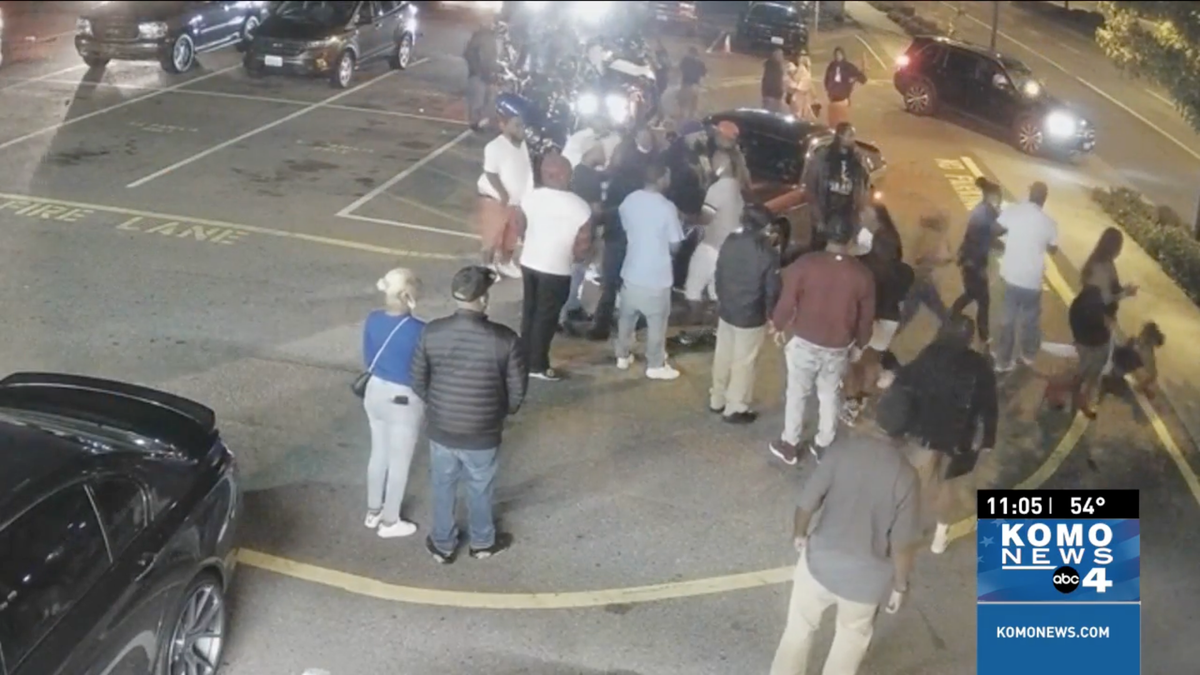- cross-posted to:
- techtakes@awful.systems
- cross-posted to:
- techtakes@awful.systems
A judge in Washington state has blocked video evidence that’s been “AI-enhanced” from being submitted in a triple murder trial. And that’s a good thing, given the fact that too many people seem to think applying an AI filter can give them access to secret visual data.



Yes, I do. Cameras work by detecting light using a charged coupled device or an active pixel sensor (CMOS). Cameras essentially take a series of pictures, which makes a video. They can have camera or lens artifacts (like rolling shutter illusion or lens flare) or compression artifacts (like DCT blocks) depending on how they save the video stream, but they don’t make up data.
Generative AI video upscaling works by essentially guessing (generating) what would be there if the frame were larger. I’m using “guessing” colloquially, since it doesn’t have agency to make a guess. It uses a model that has been trained on real data. What it can’t do is show you what was actually there, just its best guess using its diffusion model. It is literally making up data. Like, that’s not an analogy, it actually is making up data.
Removed by mod
Yes, I also mentioned CCDs. Charge Coupled Device is what that stands for. You can tell I didn’t look it up, because I originally called it a “charged coupled device” and not a “charge coupled device”. My bad, I should have checked Wikipedia.
Can you point me to a generative AI that doesn’t make up data? GANs are still generative, and generative AIs make up data.